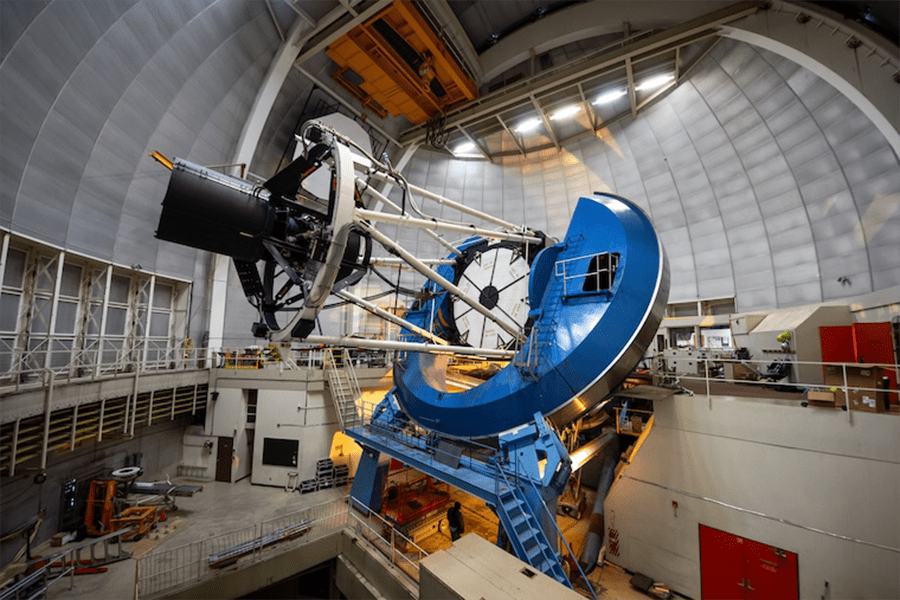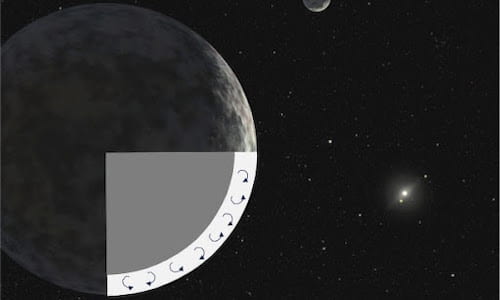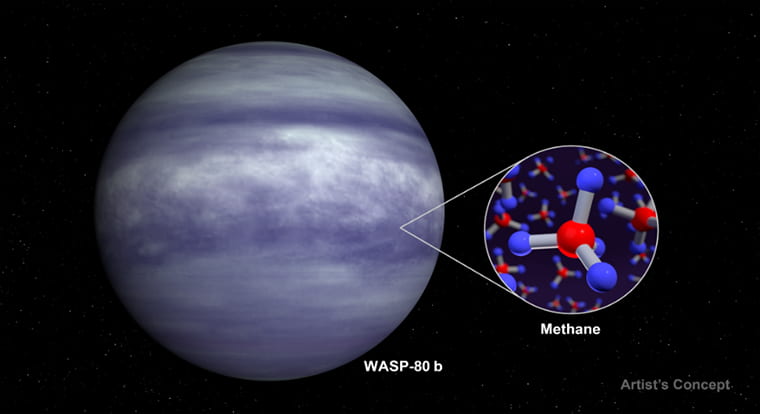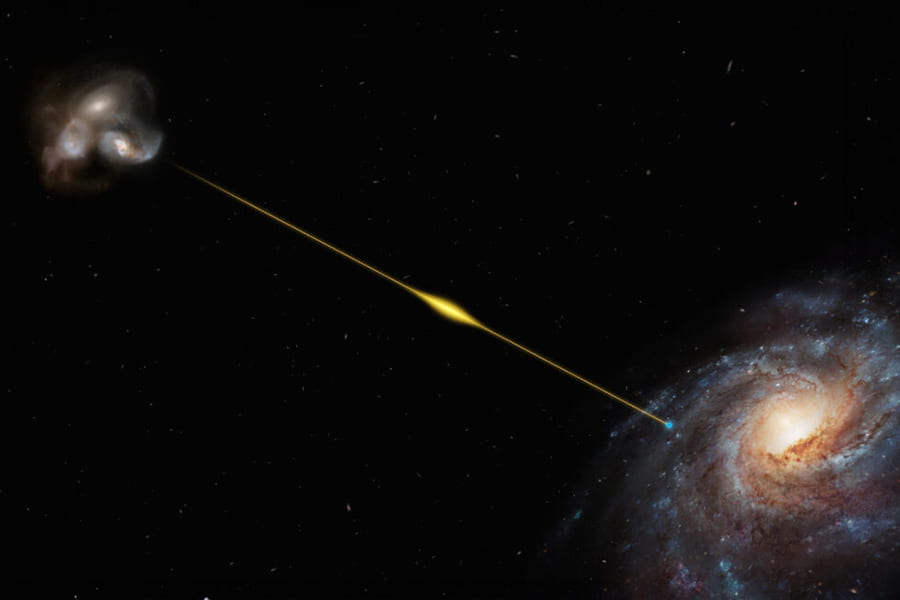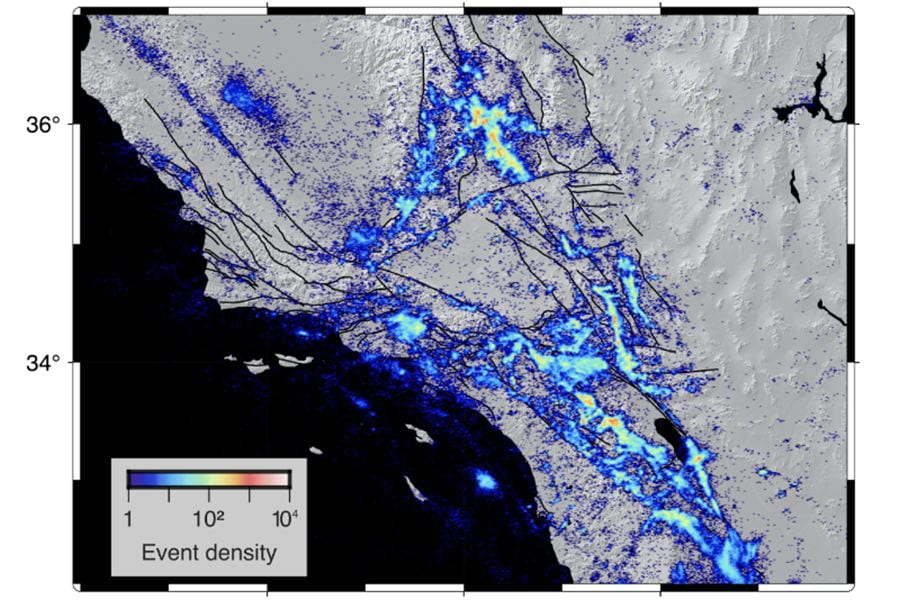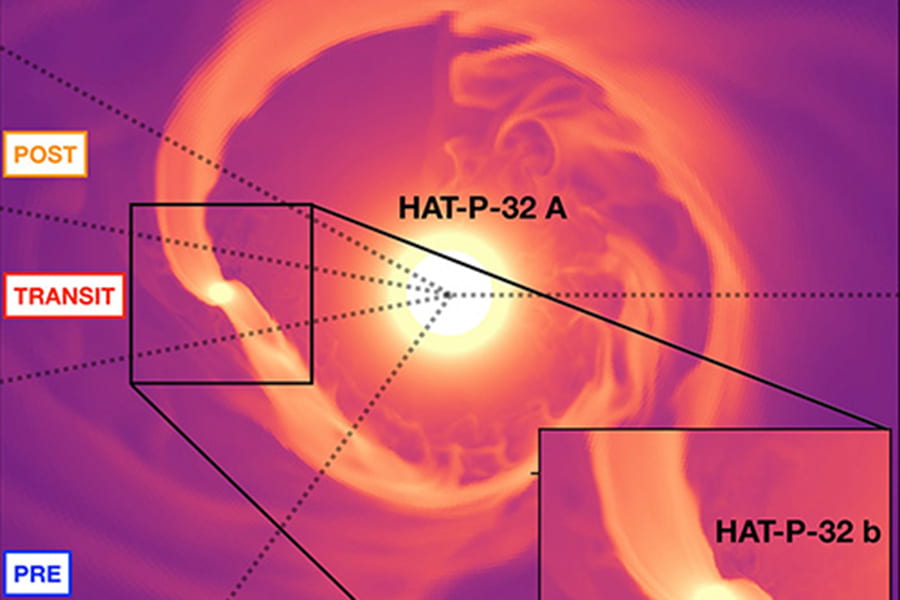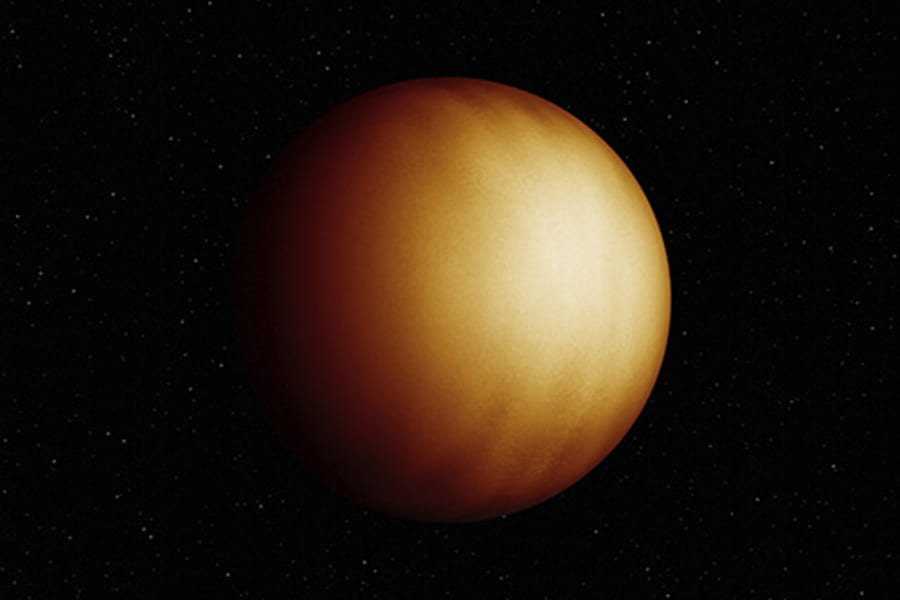New exoplanets catalog showcases diverse, exotic worlds
Our understanding of exoplanets, those strange worlds that orbit stars beyond our solar system, is now broader and deeper thanks to separate studies published this week featuring the work of researchers at UC Santa Cruz.


